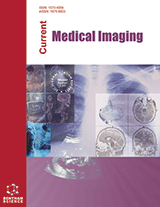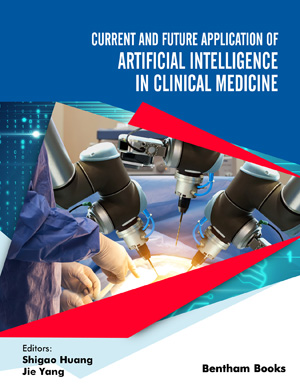
Abstract
Background: Peritumoral edema of primary brain tumors is an important cause of morbidity and mortality. The number of studies currently available on the prognostic role of peritumoral brain edema in the posterior fossa is extremely limited.
Objective: Based on the known importance of magnetic resonance imaging in diagnosing supratentorial metastases, this study aimed to investigate the effects of peritumoral edema on survival of patients with posterior fossa metastases and the preoperative diagnostic value of MRI.
Methods: Edema and mass volumes of 49 patients with posterior fossa metastasis, who underwent surgery during 2012–2016, were measured using magnetic resonance imaging. The edema/mass indices were retrospectively calculated and interpreted by evaluating the demographic, clinical, and survival data.
Results: The study consisted of 32 (65.3%) male and 17 (34.7%) female participants, with the mean age ± standard deviation of 47.25±29.25 (17–81) years. Among the 49 patients with posterior fossa metastases, 34 (69.4%) had carcinoma, while 15 (30.6%) had non-carcinoma metastases. The edema/mass indices of patients with carcinoma and non-carcinoma metastases were found to be 14.55±9.64 and 1.34±1.08, respectively, and the difference was statistically significant (p<0.001). The mean survival of patients with carcinoma and non-carcinoma metastases was found to be 642±11.52 days and 726±9.32 days, respectively; however, this difference was not statistically significant (p=0.787).
Conclusion: The edema/mass ratio was found to be a significant diagnostic factor for the prediction of posterior fossa metastases. Further detailed studies are warranted to investigate the effect of edema/mass ratio on survival rate.
Keywords: Edema, magnetic resonance imaging, metastasis, posterior fossa, prognostic factor, survival.
[http://dx.doi.org/10.1245/s10434-011-2019-2] [PMID: 21861219]
[http://dx.doi.org/10.1038/sj.bjc.6605373] [PMID: 19826419]
[http://dx.doi.org/10.1159/000075099] [PMID: 14742959]
[http://dx.doi.org/10.1016/B978-0-12-811161-1.00010-4] [PMID: 29307350]
[http://dx.doi.org/10.1179/1743132813Y.0000000260] [PMID: 24070068]
[http://dx.doi.org/10.1016/j.surneu.2006.05.065] [PMID: 17320640]
[http://dx.doi.org/10.1002/(SICI)1097-0142(19961015)78:8<1781::AID-CNCR19>3.0.CO;2-U] [PMID: 8859192]
[http://dx.doi.org/10.1001/archinte.1989.00390050066013] [PMID: 2719501]
[http://dx.doi.org/10.1016/j.ijrobp.2007.02.016] [PMID: 17446005]
[http://dx.doi.org/10.1093/neuonc/nos087] [PMID: 22544733]
[http://dx.doi.org/10.1016/j.ijrobp.2007.06.074] [PMID: 17931798]
[http://dx.doi.org/10.1093/neuros/nyy222] [PMID: 29893943]
[http://dx.doi.org/10.1007/s11060-016-2254-2] [PMID: 27619980]
[http://dx.doi.org/10.1007/s00381-015-2783-6] [PMID: 26351228]
[http://dx.doi.org/10.1136/postgradmedj-2011-130075] [PMID: 22977284]
[http://dx.doi.org/10.1016/j.jocn.2010.03.046] [PMID: 20851611]
[http://dx.doi.org/10.1177/0883073809342129] [PMID: 19841424]
[http://dx.doi.org/10.2214/AJR.13.11186] [PMID: 24951211]
[http://dx.doi.org/10.1259/bjr.20151054] [PMID: 27119727]
[http://dx.doi.org/10.1016/j.crad.2009.09.005] [PMID: 20103416]
[http://dx.doi.org/10.1016/j.clineuro.2016.07.008] [PMID: 27428485]
[http://dx.doi.org/10.1007/s11060-008-9572-y] [PMID: 18392776]
[http://dx.doi.org/10.1093/neuros/nyy281] [PMID: 29982666]
[http://dx.doi.org/10.1093/neuros/nyy574] [PMID: 30629229]
 22
22












